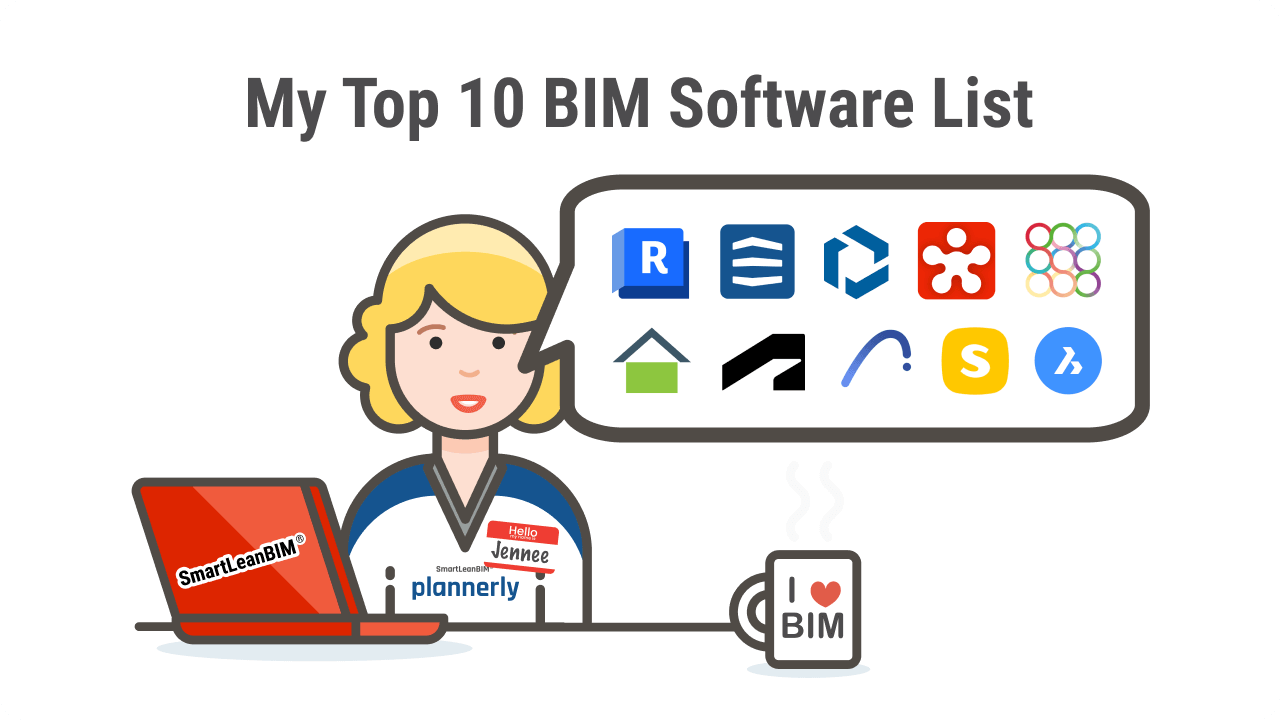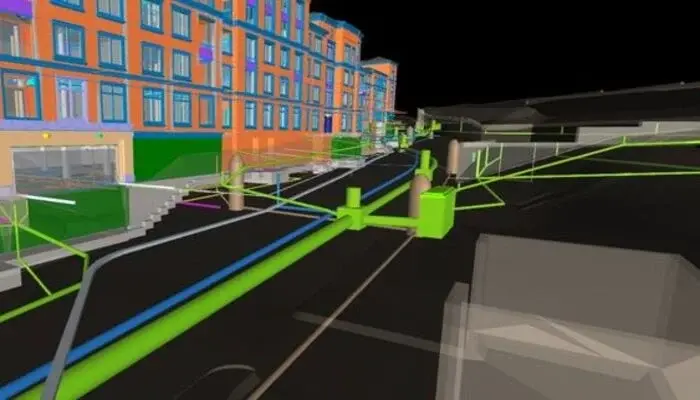
Building Information Modeling (BIM) has moved from being a support tool to the core of construction planning, coordination, and execution. Today’s construction sites are more complex and connected than ever, and BIM software used in construction project management plays a central role in streamlining collaboration, detecting clashes, managing schedules, and controlling costs.
BIM and construction project management go hand in hand.
Whether you’re managing commercial high-rises, transportation infrastructure, or urban housing projects, knowing how to operate BIM tools isn’t just a technical requirement; it’s a leadership skill.
Why Learning BIM Software Is Essential for Construction Project Managers
The role of a construction project manager has evolved far beyond schedules and spreadsheets. In today’s construction landscape, managing complex, multi-disciplinary projects demands digital fluency, especially in Building Information Modeling (BIM). Here’s why mastering BIM software for construction project managers is no longer optional for project managers in 2025:
1. Cross-functional Collaboration
Construction projects bring together architects, structural and MEP engineers, consultants, contractors, and field teams, often working from different locations and timelines. BIM creates a centralised, data-rich environment where all stakeholders can access, modify, and synchronise their inputs. This eliminates communication silos and ensures that any design update made by one discipline is reflected across all systems in real-time. The result? Fewer surprises on-site, faster approvals, and better-informed decisions.
2. Reduced Risk and Rework
Traditional 2D plans often lead to misunderstandings and costly on-site errors. BIM significantly lowers this risk through automated clash detection and 3D simulations. Project managers can visually inspect conflicts between systems (e.g., HVAC ducts clashing with beams) before construction begins. This early detection not only saves time and money but also improves safety and coordination, especially in large-scale or high-rise projects.
3. Data-Driven Planning with 4D and 5D
Construction Project Manager with BIM goes beyond geometry. With 4D (time) and 5D (cost) integrations, project managers can simulate construction sequences, allocate resources more effectively, and track real-time budget fluctuations. For example, adding timelines to BIM elements helps visualise construction progress week by week, while cost data attached to components supports financial forecasting. This ability to simulate and test before executing leads to more strategic planning and minimal downtime.
4. On-Site Accessibility and Real-Time Updates
Modern BIM platforms are cloud-based, allowing construction managers and field engineers to access the latest models, drawings, and issue logs directly from mobile devices. Whether it's reviewing a structural detail or marking a resolved RFI, teams can stay aligned with live data instead of waiting for offline updates. This real-time accessibility enhances field efficiency, accountability, and transparency.
5. Regulatory Compliance and Documentation
As building regulations become more stringent and sustainability becomes a priority, documentation plays a critical role. BIM simplifies compliance by offering a single source of truth for all technical data, safety protocols, and sustainability parameters. With BIM, project managers can generate reports, validate code requirements, and track green building goals, ensuring that every step of the project meets legal and environmental standards.
List of Most Used BIM Software for Construction Project Managers

Here are the top BIM platforms or civil construction project management software being used in 2025, along with quick facts about each:
1. Autodesk Revit
- Revit for construction project managers is being used for: 3D modeling of architecture, structure, and MEP systems
- Supports 4D and 5D workflows through integrations
- Industry standard across firms for design-to-documentation workflows
2. Autodesk Navisworks
- Navisworks for construction project managers is being used for model aggregation and clash detection
- Integrates with Revit, AutoCAD, and Civil 3D
- Commonly used for 4D construction sequencing and visual planning
3. Civil 3D
- BIM solution tailored for civil engineering infrastructure projects
- Used for roads, grading, land development, and stormwater design
- Integrates terrain models with alignment data for site works
4. Archicad (by Graphisoft)
- Known for intuitive modeling and strong documentation tools
- Frequently used by architect-led teams in Europe and Asia
- Ideal for early design-phase visualisation and quantity take-offs
5. Trimble Connect
- Used for model-based collaboration across construction disciplines
- Integrates with tools like SketchUp, Tekla, and Revit
- Cloud-based access to models, drawings, and task tracking onsite
6. Tekla Structures
- Tekla for construction project management is used for structural steel and reinforced concrete detailing
- Widely used in prefabrication, rebar modeling, and shop drawings
- Supports clash checks, detailing, and direct fabrication output
7. Autodesk BIM 360 / Autodesk Construction Cloud
- Cloud-based platform for coordination, field documentation, and issue tracking
- Provides mobile access to updated drawings and models onsite
- Ideal for managing RFI workflows, punch lists, and safety compliance
8. Autodesk BIM Collaborate Pro
- Cloud platform for real-time model sharing and coordination
- Useful for multidisciplinary collaboration across design and construction teams
- Reduces file syncing issues and enables faster design approvals
9. Synchro 4D (by Bentley)
- Specialising in 4D construction sequencing and logistics planning
- Enables visualisation of construction progress linked to model geometry
- Useful for contractor-led planning and phasing strategies
10. Fieldwire
- Mobile-first platform for task tracking, drawing annotations, and site coordination
- Supports issue logging directly on drawings used onsite
- Integrates with BIM documentation for efficient field communication
Conclusion
In 2025, construction project managers are expected to not only supervise teams and schedules but also lead digital coordination using the best BIM software for construction project management. From model-based scheduling to mobile-enabled execution, BIM platforms empower managers to predict problems, track progress, and deliver higher-quality results on time and within budget.
Here’s why investing in BIM tools is crucial:
- Accurate models reduce rework and drive smarter decision-making
- 4D/5D simulations help forecast project delays and cost overruns
- Centralised collaboration improves communication across teams and trades
- On-site access improves accountability and issue resolution in real time
For construction managers seeking to lead future-ready projects, building BIM expertise isn’t just an edge; it’s a necessity. Learning tools like Revit, Navisworks, Civil 3D, or Synchro will not only make you technically stronger but also strategically more valuable in a digitally transforming industry.
And if you're a civil engineer looking to master BIM from the ground up, courses like Novatr’s BIM Professional Program For Civil Engineers can provide the practical, software-based training needed to lead in the modern construction ecosystem.
The construction site of the future is digital. And it's managed by people who know how to build and build smart.
Explore our Resources Page for the latest updates, trends, and insights shaping the AEC industry today.
Was this content helpful to you










